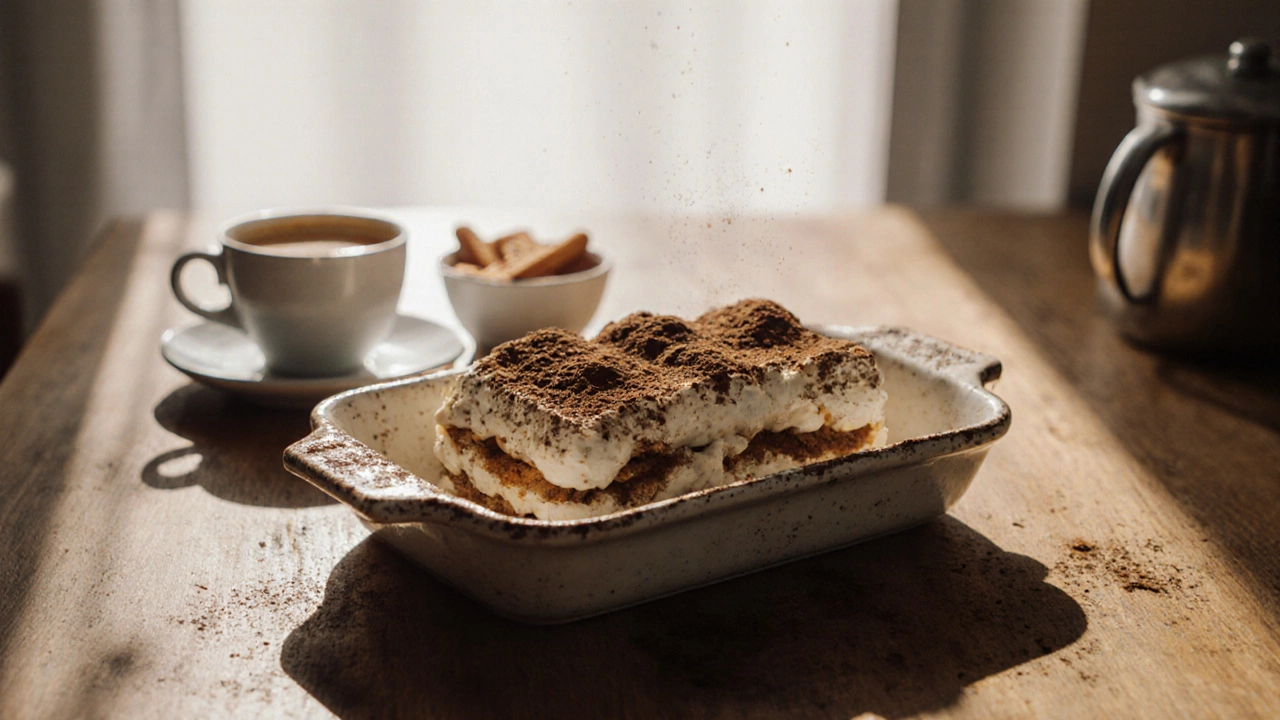Italian Dessert Basics: Sweet Treats You Can Make Today
If you love coffee, cheese, or just anything sugary, Italian desserts are a great place to start. They’re famous for simple ingredients, bold flavors, and a touch of history. In this guide you’ll get quick rundown of the most loved sweets, plus practical tips so you can whip them up in your own kitchen without feeling overwhelmed.
Classic Italian Desserts to Try
Tiramisu is the poster child of Italian sweets. Layer soaked ladyfingers, mascarpone cream, and a dusting of cocoa, and you have a dessert that feels fancy but is actually pretty straightforward. The key is using fresh espresso and letting the layers rest for at least a couple of hours.
Cannoli are crunchy shells filled with sweet ricotta, chocolate chips, and a splash of vanilla. The trick is getting the shells thin and crisp – you can buy ready‑made shells or roll your own dough and fry it in hot oil. Fill them just before serving so the shells stay crisp.
Panna Cotta translates to “cooked cream.” It’s a silky custard set with gelatin, usually flavored with vanilla or citrus. It only takes a few minutes on the stove and an hour in the fridge. Serve with fresh berries or a drizzle of caramel for extra punch.
Gelato is Italy’s answer to ice cream. It’s denser, less airy, and melts more slowly, which means you taste the flavor longer. You don’t need an ice‑cream maker – a simple freezer‑batch method works fine for beginners.
Ricciarelli are soft almond cookies from Siena. They’re basically a sweet almond paste baked until the outside is lightly crisp. They’re gluten‑free and perfect with a cup of espresso.
Tips for Making Italian Sweets at Home
First, keep your ingredients fresh. Good quality mascarpone, fresh espresso, and real vanilla beans make a noticeable difference. Second, don’t rush the chilling steps. Desserts like tiramisu and panna cotta need time to set, and skipping that can lead to a runny texture.
Third, watch your oven temperature. Many Italian desserts rely on a quick bake at a high heat (think cannoli shells) – too low and you’ll end up with soggy results. Using a candy thermometer can help you nail the right temperature.
Fourth, balance sweetness. Italian desserts often let the natural flavors shine, so you don’t need a ton of sugar. Taste the mixture before you bake and adjust gradually.
Finally, have fun with variations. Swap coffee for espresso‑infused rum in tiramisu, add orange zest to panna cotta, or toss in pistachios for a different cannoli filling. The basics stay the same, but little twists keep things exciting.
Now that you know the basics, pick one dessert, gather a few ingredients, and give it a go. Italian sweets are meant to be shared, so invite a friend over, pour a coffee, and enjoy the taste of Italy right at home.



